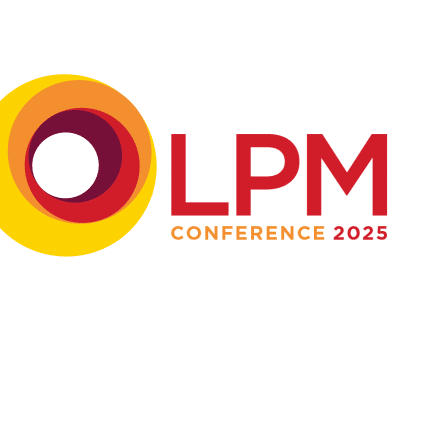
Client-retention opportunities emerging from the conveyancing boom
The conveyancing rush brought on by the UK government’s tax breaks has been challenging, but it’s also an opportunity to turn new customers into lifelong clients – says Grant Sanders at Stephen Rimmer in the second half of his conveyancing column.
Last time, I wrote about how the pandemic – and the government’s response to its impact on the economy – affected the UK property market, and how we at Stephen Rimmer responded to the increased workloads our conveyancing team saw as a result.
This time, rather than looking at the people-related challenges we faced, I want to focus on the transformation opportunities we saw as a result of the boom – how firms can capitalise on customer behaviour to win life-long clients, and where things might go next.
Over the last eighteen months, we’ve looked at how technology can improve transactions – both internally and externally. Client expectations have shifted to shorter timeframes – the old ways of working would mean sending things out by post, which would sit on a desk until the weekend before being mailed back. Clients today want forms on their digital devices that are returned straight away.
In response, we’ve brought in a fully electronic client-onboarding solution that creates, sends and tracks quotations through a secure, branded, online platform. To make this as seamless as possible for our lawyers and reduce data entry tasks, we’ve also integrated it with our case management system.
This move to ‘digital conveyancing’ is permanent and we’re bringing in electronic signatures – suitably enhanced to align with HM Land Registry requirements.
We’re constantly reviewing our ways of working, with the goal of making the practice as efficient as possible – to make the work not just more profitable, but also more manageable for our colleagues. One area that could be improved upon – and is squarely on our IT roadmap – is dictation and better utilisation of speech recognition software.
We see this continued market activity as an opportunity. As the Stamp Duty Land Tax break was due to end on 31 March 2021, we saw a large increase in instructions as buyers rushed to ensure their house purchases were scheduled for completion ahead of this deadline. The monthly property transactions statistics published by HM Revenue and Customs show that the seasonally adjusted number of transactions in March 2021 were estimated to be 183,170 – the highest on record. Since then, the tax-break deadline has been extended, and buyers seem likely to still be taking advantage of these incentives.
How to turn this one-off spike into a long-term, loyal client base? The entry point for legal services for most people is the purchase of their first property, and the hope is that by giving a good service, we can then cross-refer to other departments and become the family’s trusted legal services provider.
As with all professional services, the key to client retention is service. By making best use of our people and processes, we can put ourselves in the best position possible to meet the demands of our new and existing clients.



